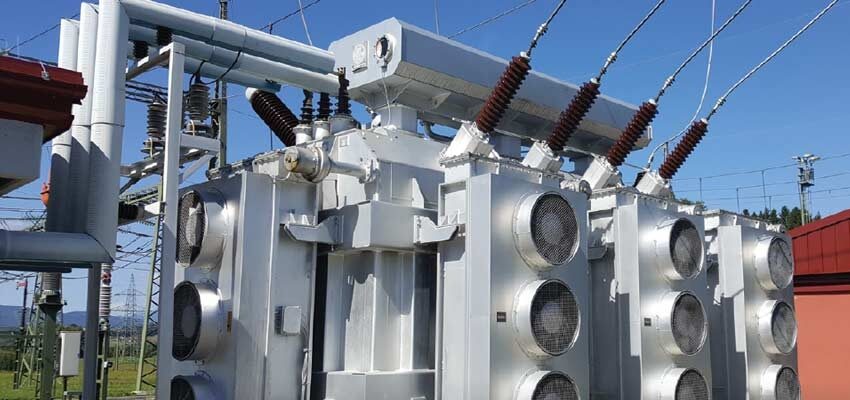
Dissipated heat utilization
Utilization of dissipated heat of power transformers Abstract The aim of the article is to provide the reader with the basic concept of the transformer’s...
byMislav TRBUSIC, Robert MARUSA, Jože PIHLER, Anton HAMLER

Utilization of dissipated heat of power transformers
Abstract
The aim of the article is to provide the reader with the basic concept of the transformer’s heat utilization where a proposed technical solution anticipates the installation of an additional oil-water heat exchanger (ODWF) in the transformer’s cooling system. An increase in the transformer’s cooling capacity lowers the oil temperature and reduces the transformer’s loss of life expectancy. In order to estimate the transformer’s oil temperature profile, as well as the heat power potential at the water side of the ODWF cooler, a numerical investigation was performed on the 150 MVA 220 / 115 kV transformer unit which operates in Podlog substation in Slovenia.
Keywords: transformer, cooling, forced cooling, heat loss, loss of life expectancy
1. Introduction
Heat disposal from large power transformers’ units is achieved mainly through an oil-air cooler, in which the forced cooling prevails over the natural one. At higher loss densities, forced cooling solutions in the form of compact heat exchangers appear to be more economical and more suitable for installation. The cooling principle is common to forced, as well as to natural heat disposal. In general, the heat developed in the active part of a transformer, as well as in other constructional parts, is transferred to the internal cooling media, usually oil, and, further, through some kind of heat exchanger, delivered to an external coolant which is either air or water, depending on the exchanger type. The types of cooling with the power transformers are defined by the Standards, here, we refer to the IEC 60076-2 Standard. The article deals only with the forced cooling process OF / OD, where the focus is put on an assessment of the heat loss that it is technically feasible to gain out of the transformer unit. A numerical consideration of a fully ODAF cooling transformer upgraded by the additional ODWF cooling system was conducted in the study. For this purpose, the parameters of a 150 MVA – 220 kV unit which operates in Podlog substation (Slovenia) were considered in the calculations. Several benefits were achieved by the installation of an additional ODWF cooler; firstly, the temperature conditions within the transformer changed in favour of its life extension. Another benefit is linked directly to the transformer’s heat utilization, where the heat carried away to the water side of the ODWF compact cooler represents a potential energy source for the heat pump.







